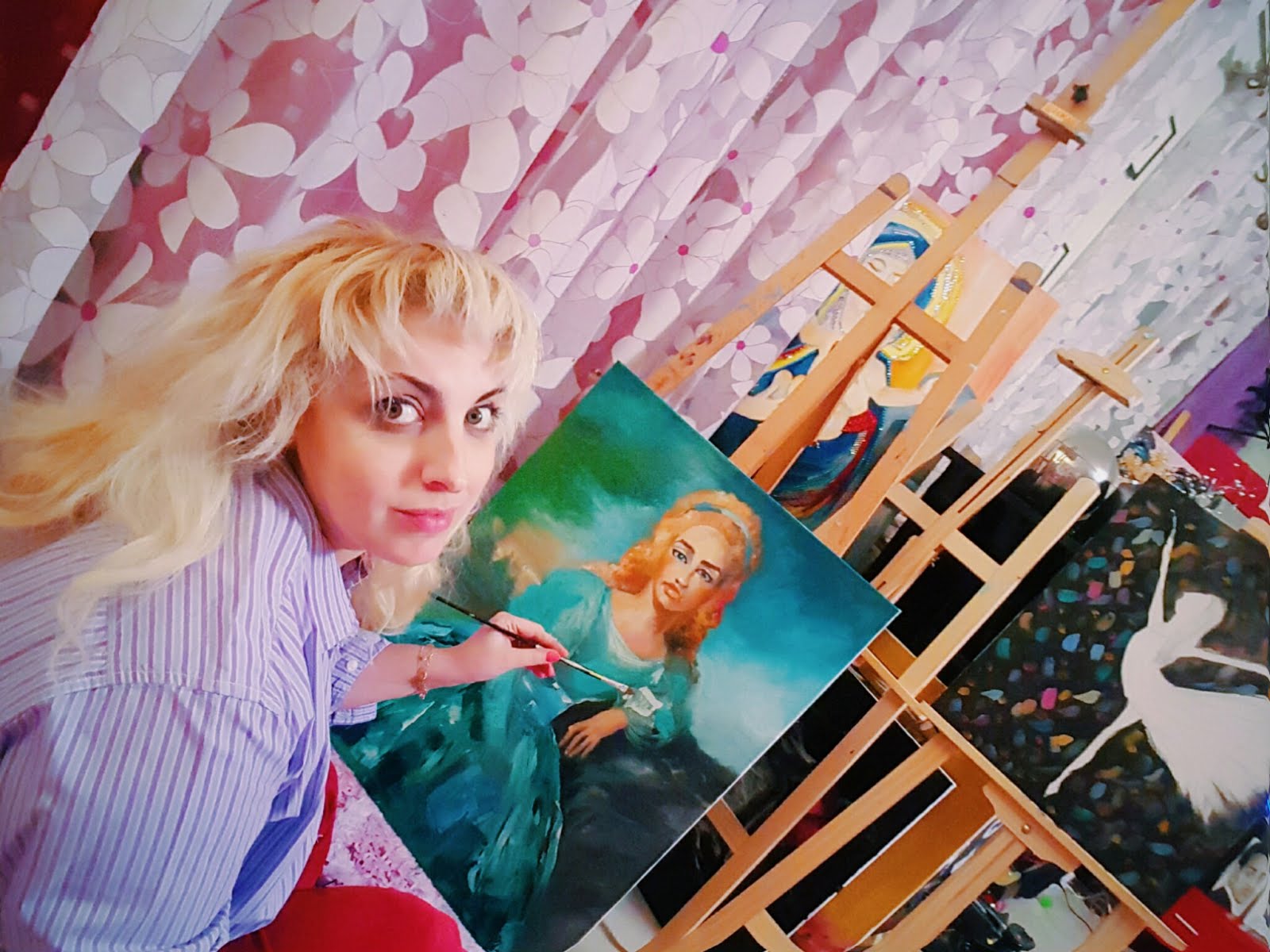Living A Creative Life | Alexandra Novik-Khamis
Being a creative artist and getting to do what you love as a career can both be a blessing and a curse.
Not many people get to do what they love and have it become their livelihood for the rest of their lives. However, behind the “We do what we love!” facade, creative artists also face some of the most difficult work-related struggles.
After all, how many times have you heard the theory of the starving artist getting thrown around in pop culture and casual conversations?
While there are many creative fields that are difficult to make money from, it’s certainly not true that artists can’t succeed in business.
While every profession has their own fair share of stereotypes, the starving artist stereotype, in particular, is a dangerous notion that harms both existing professional artists and those who are wanting to pursue a creative career.
By accepting the idea that being an artist means you get to do what you love but you’re going to struggle with your finances, social life, and relationships for the rest of your life, we are discouraging existing and aspiring artists from going after their dream.
Many parents and relatives dissuade family members who are interested in pursuing a career in art as a full-time profession. Often, these potential artists are forced to choose a more “practical” career path they don’t even like but brings food to the table, even if it makes them unhappy for the rest of their lives.
Being an artist can both be a rewarding and frustrating experience.
There are a certain joy and satisfaction that you get out of creating, but it doesn’t take away the fact that it can often be a very lonely profession.
A study led by Simon Kyaga at Sweden’s Karolinska Institute revealed that “people working in creative fields, including dancers, photographers, and authors, were 8% more likely to live with bipolar disorder. Writers were a staggering 121% more likely to suffer from the condition, and nearly 50% more likely to commit suicide than the general population.”
This is most likely a result of too much isolation and lack of connection with the outside world. However, when experienced in reasonable lengths of time, solitude is actually a positive experience and part of the creative process.
Isolation is often what drives a person to be creative. We get our inspiration from a deep place, and we are more likely to produce something extraordinary when it comes out of the intense emotion that we get from our solitude.
When we create, we need time alone to reflect, and it’s not something we can do when we’re always out partying with friends.
We may have to sacrifice some things like having a social life occasionally and accept being alone because it is through this experience that we are able to create something and improve our craft.
Edvard Munch’s “The Scream,” one of the most recognized masterpieces in history, was a result of the angst he had experienced throughout his life.
He said the idea came to him in a sinister vision as he stood on the edge of Oslofjord. “The sun began to set – suddenly the sky turned blood red. I stood there trembling with anxiety–and I sensed an endless scream passing through nature.” In his diary, he also wrote about the importance of his fears and illness to his craft: “My fear of life is necessary to me, as is my illness. They are indistinguishable from me, and their destruction would destroy my art.”
While many of the most successful and famous artists in history didn’t always live happy and carefree lives like the people around them, they dedicated their lives to pursuing their love for their craft.
In the end, isn’t doing something that you have a burning passion for more meaningful than safely living inside of your comfort zone for the rest of your life?
Just because you’re a creative artist doesn’t mean you have to remain miserable for the rest of your life.
You may need solitude in order to create, but that doesn’t mean that you have to be stuck in that phase forever. Although you may have to make some sacrifices to be a creative artist, there are some incredible things that can come out of it.
Modern technology has vastly improved the way we communicate and connect with each other. With the existence of forums and social media sites, it’s now possible to find friends and talk to like-minded people from the other side of the world. Join forums, social media groups, or even conversations in the comment section of your blog or other people’s blogs. Use these platforms to connect and share ideas with fellow artists. Think of it as a creativity support group.
Allow time for yourself and also spend some time reconnecting with loved ones every once in a while. This will help you to feel less alone and let you know that there will always be people you can turn to when you may feel like you’re on your own.
While these things may not completely eliminate the feelings of isolation, they can alleviate it. After all, you will still need a bit of solitude in order to create your art. Of course, if loneliness begins to consume you in a way that becomes harmful to your well-being and becomes a hindrance to your art, it may be time to talk with a mental health professional.
Working in a creative field will always have its own ups and downs.
Some people might get discouraged by the difficulties that come with being a creative artist, and might instead choose to settle for a comfortable and reliable day job that puts food on the table. But for those who have the passion to create their art, the satisfying and rewarding experience outweighs whatever challenges they may face.
As the actor, Jim Carrey once said, “You can fail at doing what you don’t want, so you may as well take a chance doing what you love.”
Do you think that the rewards that come with being a creative artist generally outweighs the struggles?
Some information is taken from here
Tags:
2018
alexandra novik
art article
art in bahrain
art quotes
article
artist
bahrain art
bahrain culture
canvas
classes
drawing



.png)






0 comments